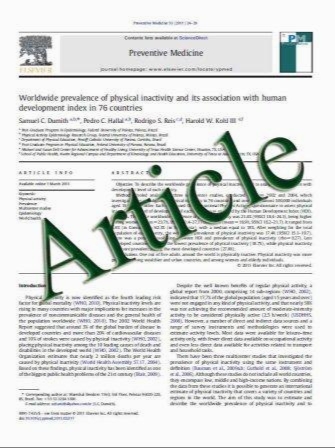Antioxidant status of children with idiopathic nephrotic syndrome
- نوع فایل : کتاب
- زبان : انگلیسی
- مؤلف : Om P. Mishra & Aditya K. Gupta & Rajniti Prasad & Ziledar Ali & Ram S. Upadhyay & Surendra P. Mishra & Narendra K. Tiwary & Franz S. Schaefer
- چاپ و سال / کشور: 2011
Description
The production of free radicals can cause renal injury and play an important role in the pathogenesis of idiopathic nephrotic syndrome. Markers of reactive oxygen species (ROS) were evaluated in 48 patients with active nephrotic syndrome (ANS) and 30 age- and gendermatched healthy children. Plasma malondialdehyde (MDA), protein carbonyl, nitrite, copper, zinc, selenium, ascorbic acid, and superoxide dismutase (SOD) levels were estimated in patients with ANS and controls. Measurements were repeated in 39 cases after achievement of remission, and in 10 other children who were in remission of >6 months’ duration. Plasma MDA and nitrite levels were significantly higher and selenium was lower in ANS patients compared with controls. Plasma protein carbonyl, copper ascorbic acid, zinc, and superoxide dismutase levels were comparable in ANS patients and controls. Plasma copper level was significantly higher in active cases than in the remission and long-term remission groups. Selenium value showed a rise and then normalized in long-term remission. Among different sub-groups of ANS, no significant differences were found in the levels of various parameters, except plasma selenium, which was significantly lower in first-attack nephrotic syndrome (FANS) in comparison to infrequently relapsing nephrotic syndrome (IRNS) and frequently relapsing nephrotic syndrome (FRNS) patients. Thus, we observed evidence of oxidative stress and impaired antioxidant defense during acute nephrotic syndrome. Antioxidant status recovered completely only during long-term remission.
Pediatr Nephrol (2011) 26:251–256 DOI 10.1007/s00467-010-1696-6 Received: 11 June 2010 / Revised: 24 September 2010 / Accepted: 24 September 2010 / Published online: 21 November 2010


